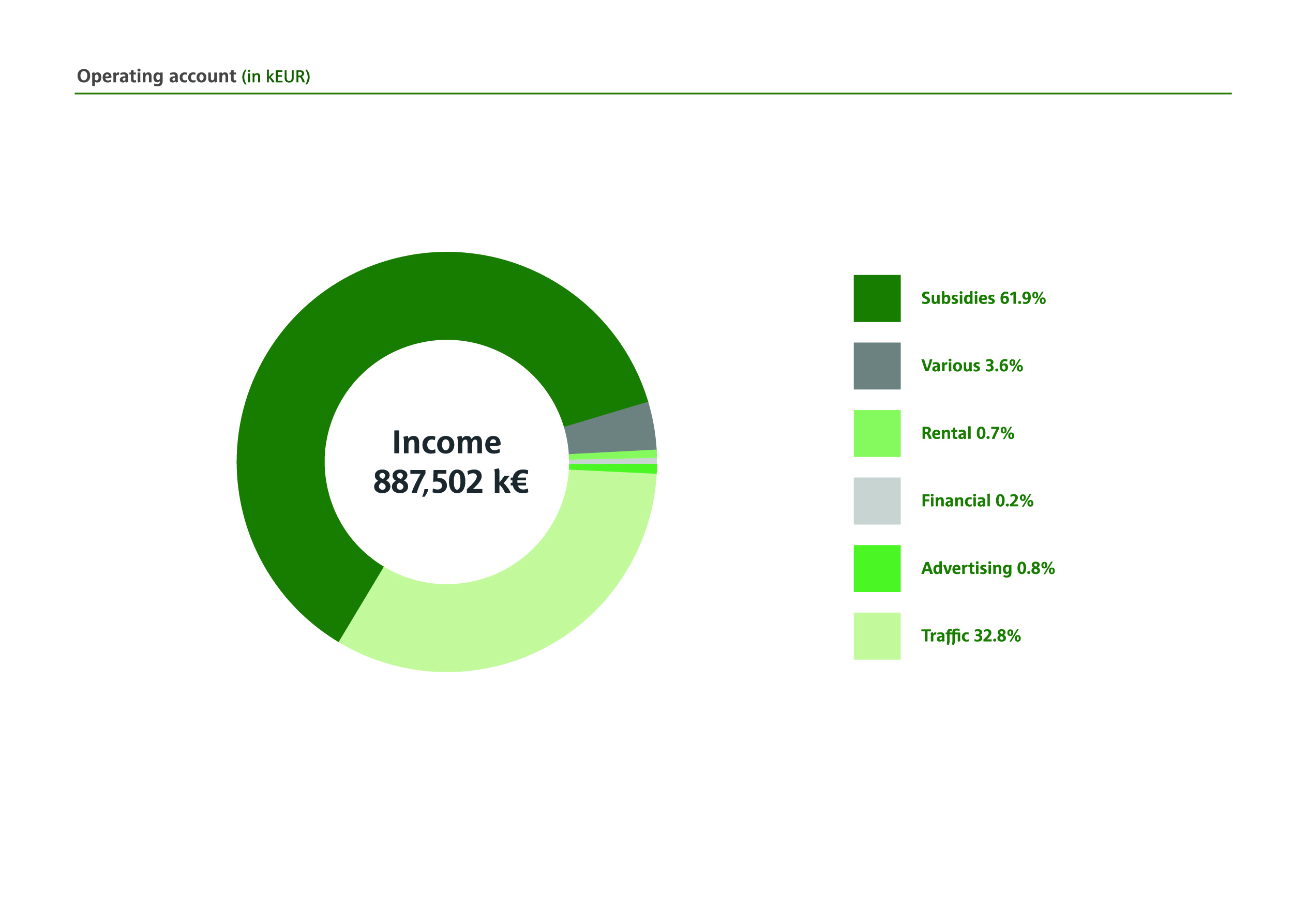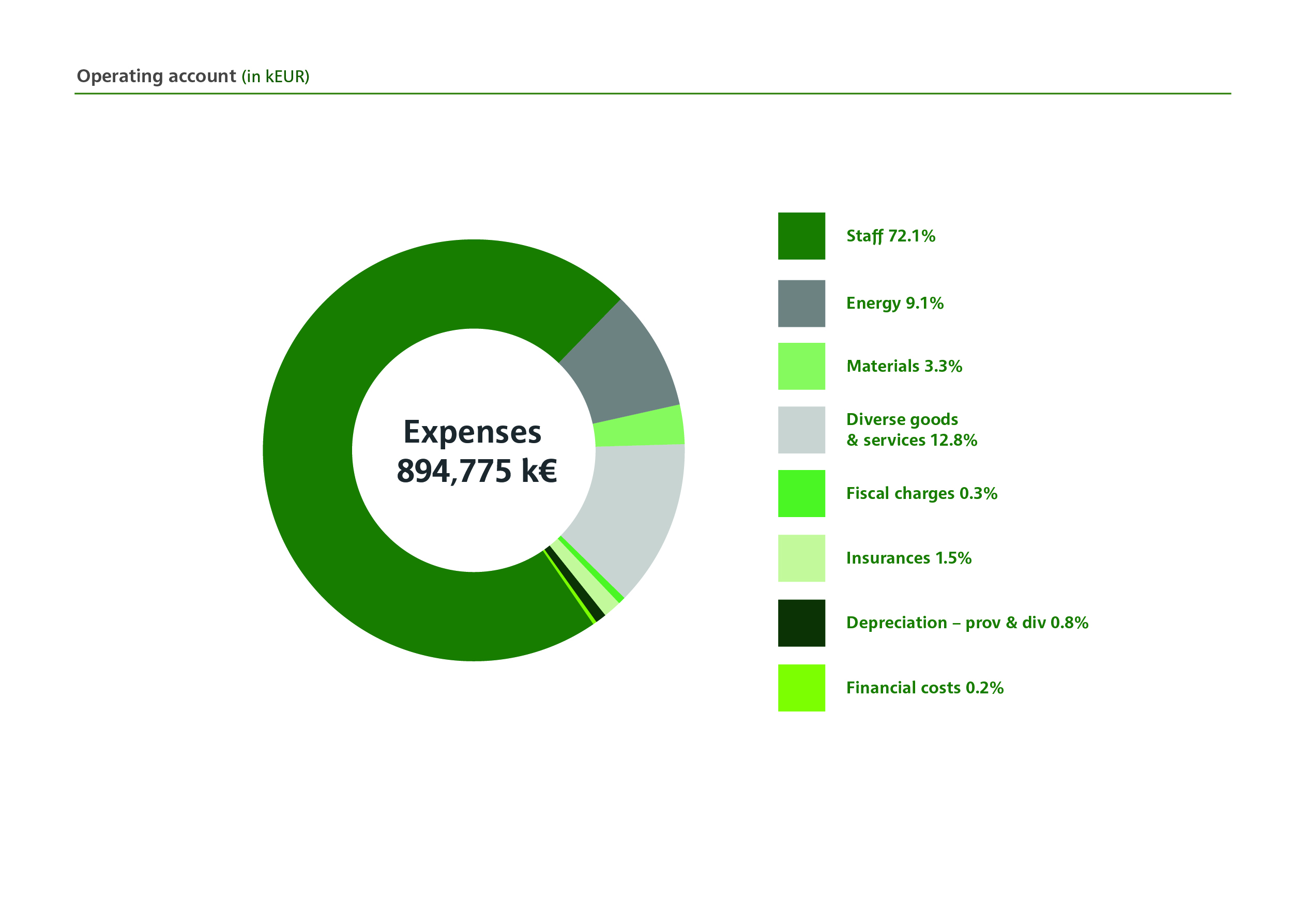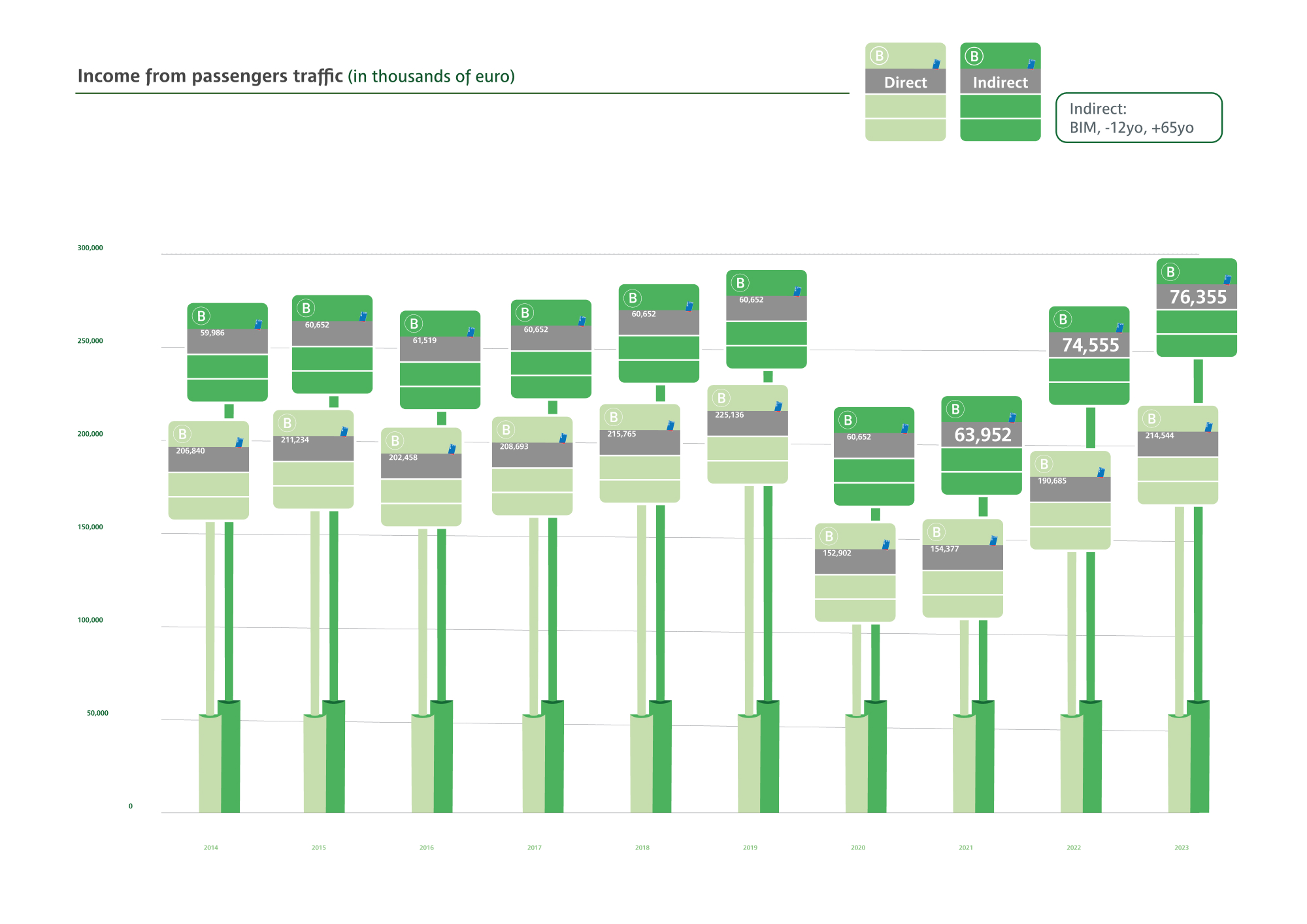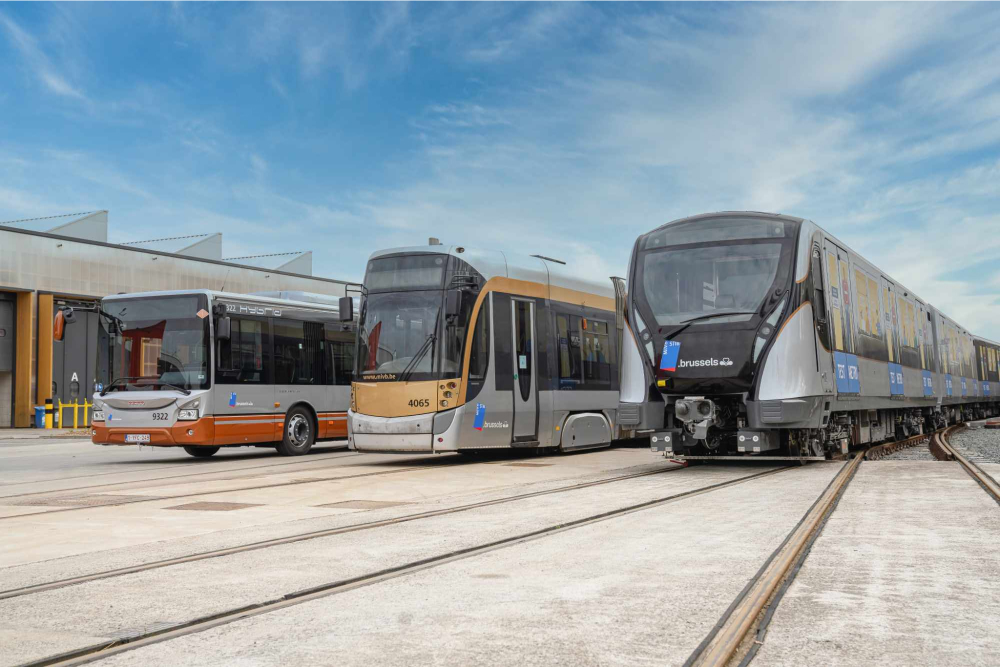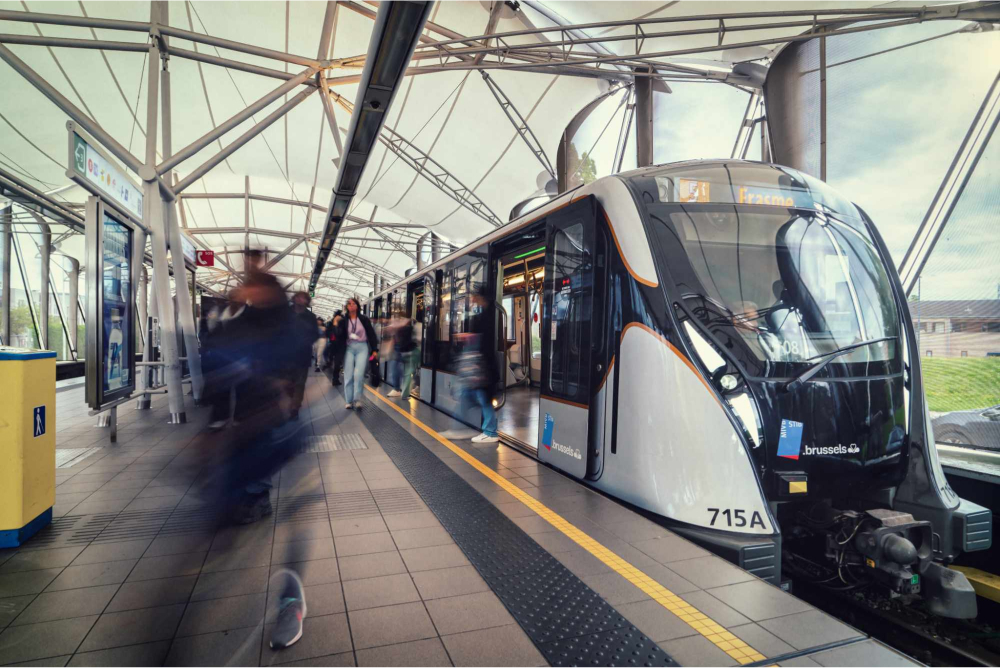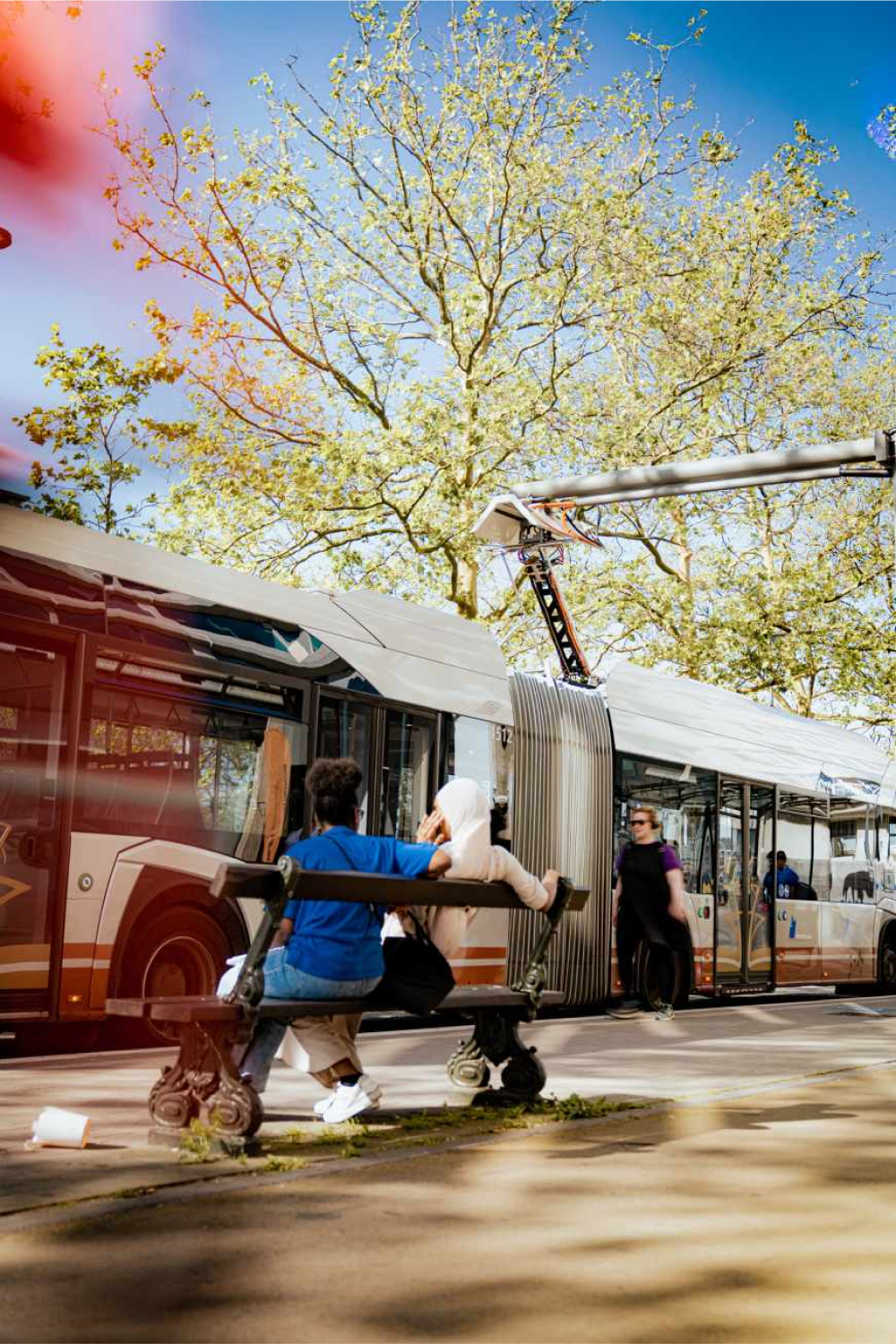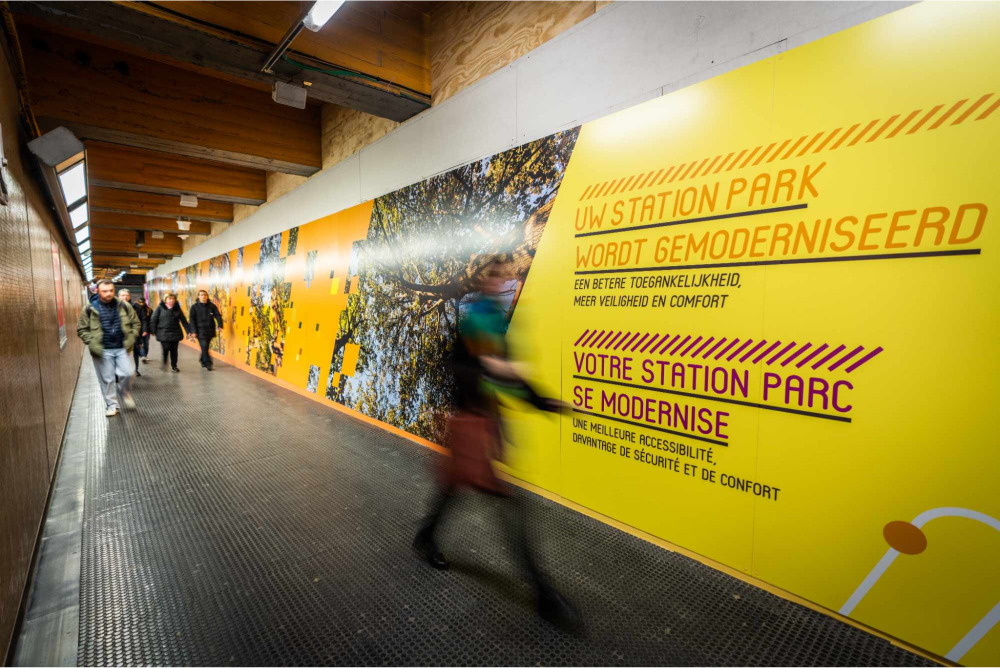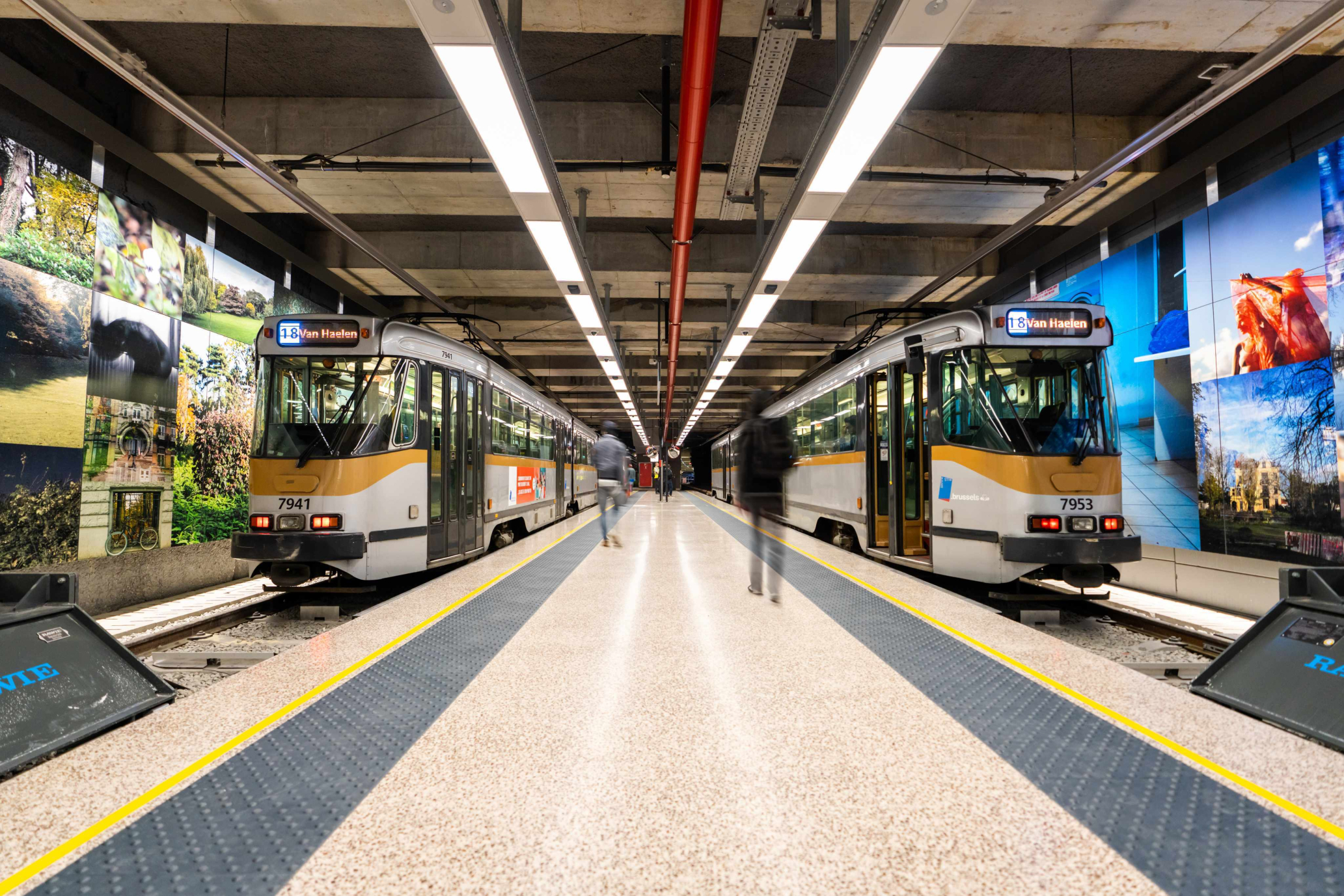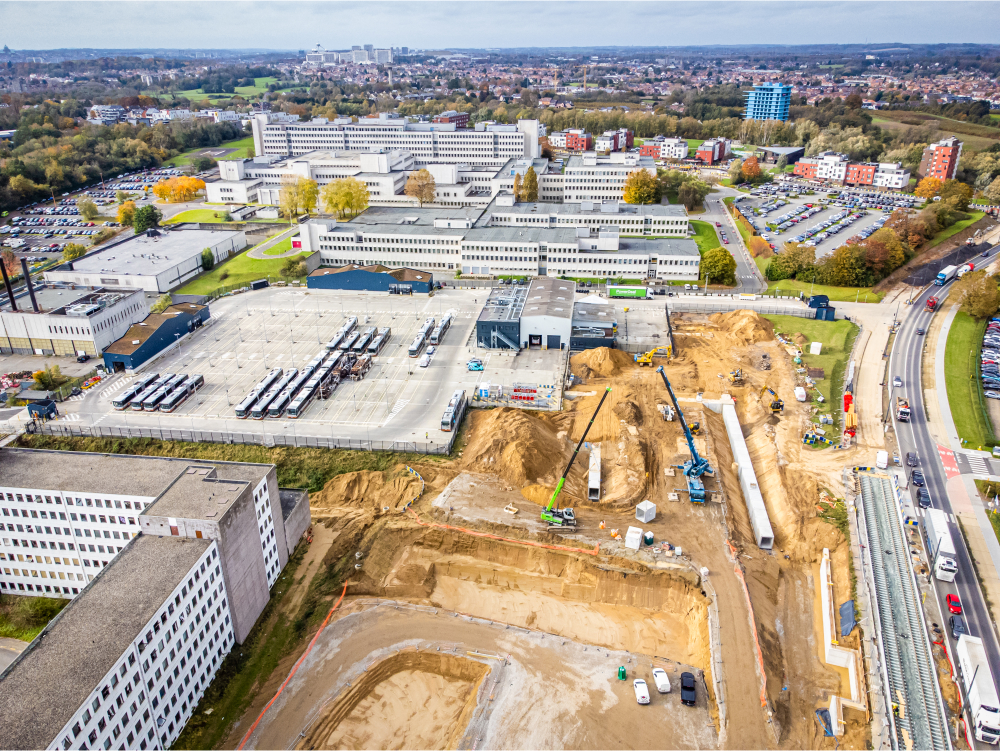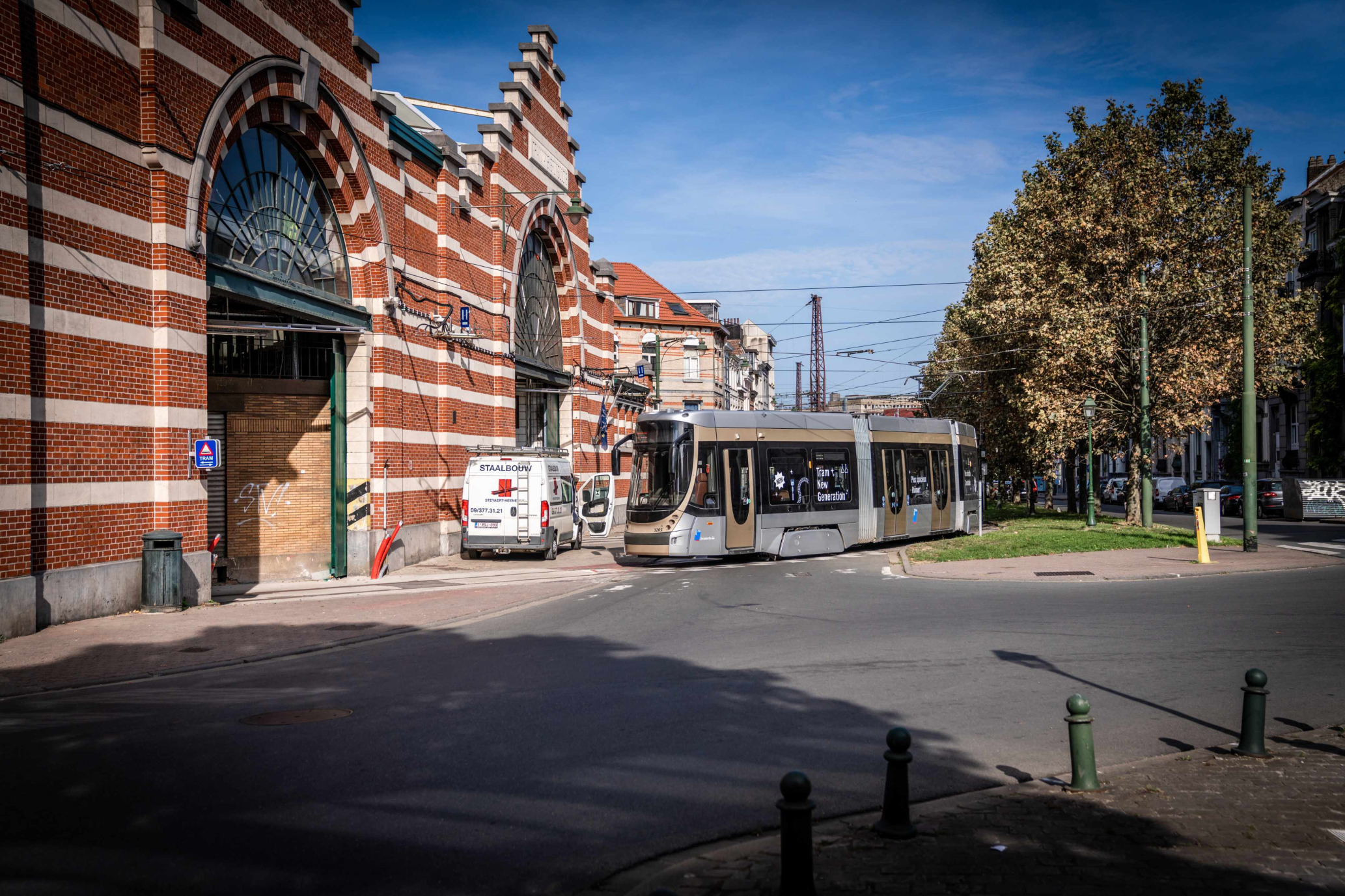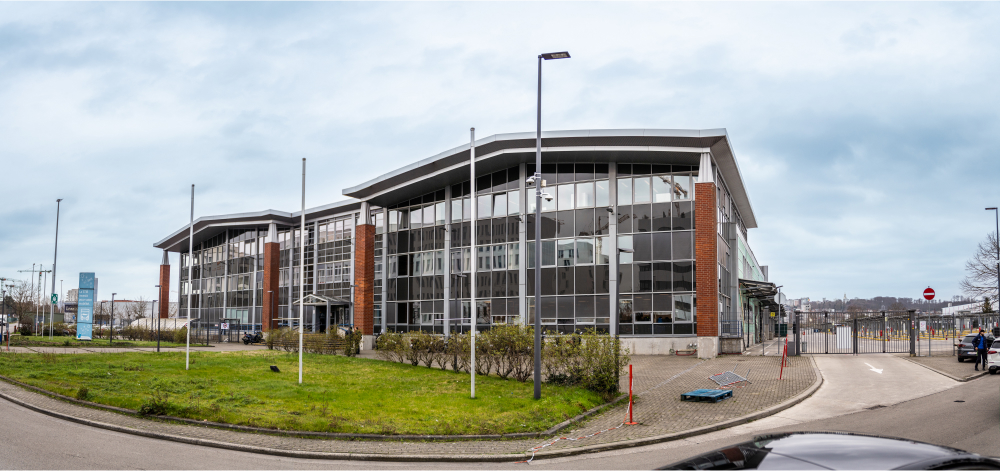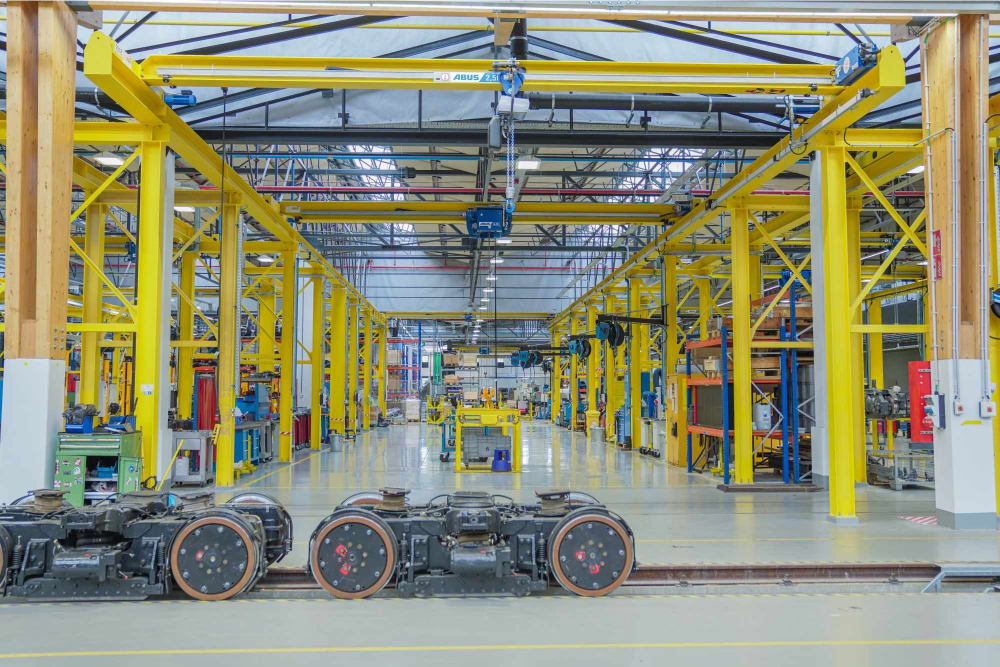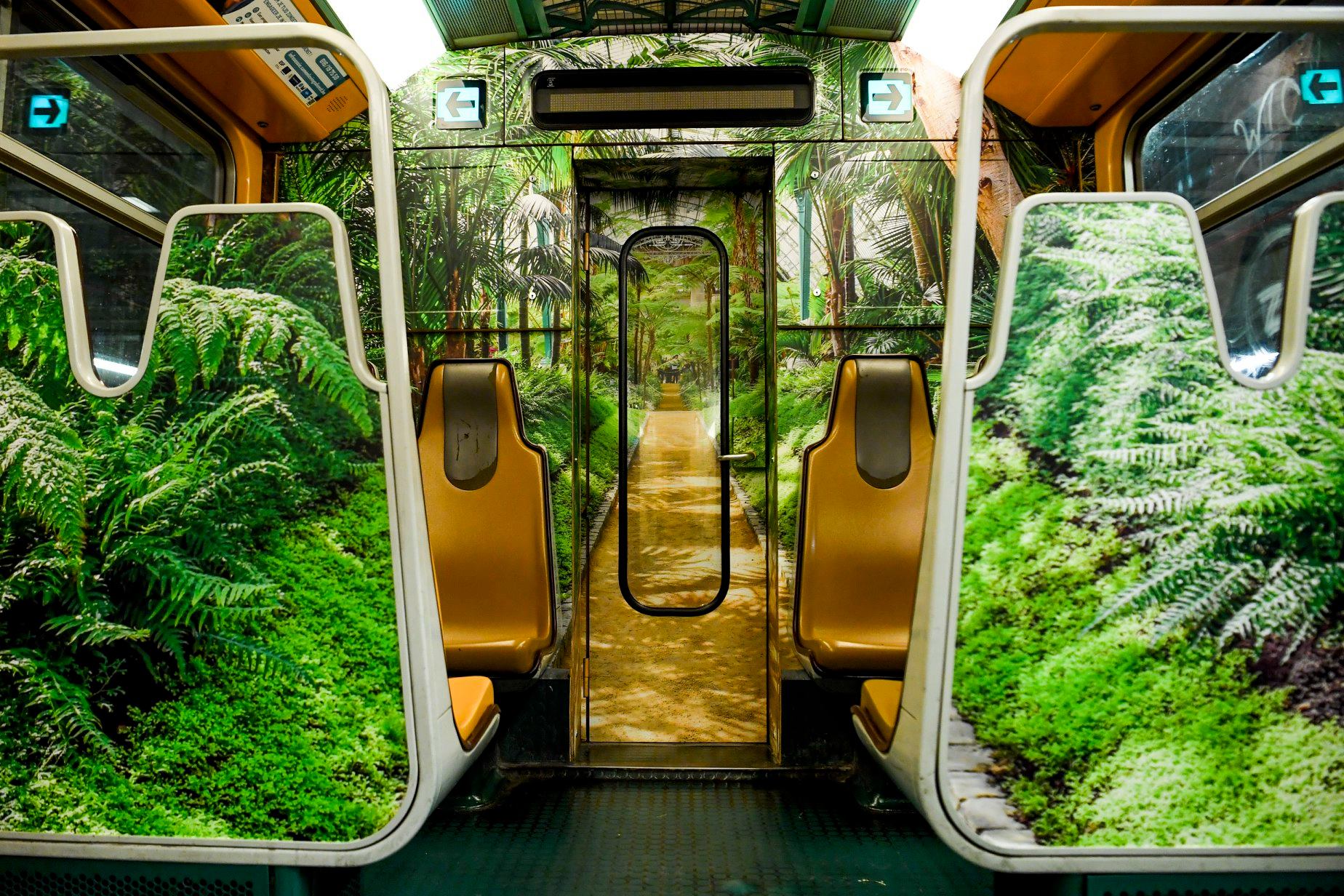New on the rails
The STIB network now has a new tram line: line 18. Since the first phase of the Albert station works has been completed, trams can once again run between Forest and Uccle via Chaussée d'Alsemberg. The new route is number 18 and runs between Albert, from the new tram terminus, and Van Haelen. At Albert, passengers can easily transfer to tram lines 3, 4 and 7. The aim is to eventually be able to use metro line 3 of which Albert station will be the future terminus.
The Brussels and Flemish Regions have both granted permits for the creation of a new tram line to Brussels Airport. Work on the airport tram is scheduled to start in 2026 and will take four years to complete. It involves an extension to the existing lanes on Avenue Léopold III. Passengers will ultimately enjoy a fast, efficient tram link between Gare du Nord station and Zaventem airport.
Numerous other surface rail links are planned as part of the tram master plan. It aims to lay 40 kilometres of additional tram track. In addition to the trams to the airport and from Neder-Over-Heembeek, the tram plan includes the construction of a tram line via Tour & Taxis, the Mediatram from Meiser to Crainhem and a tram link to Central Station.




